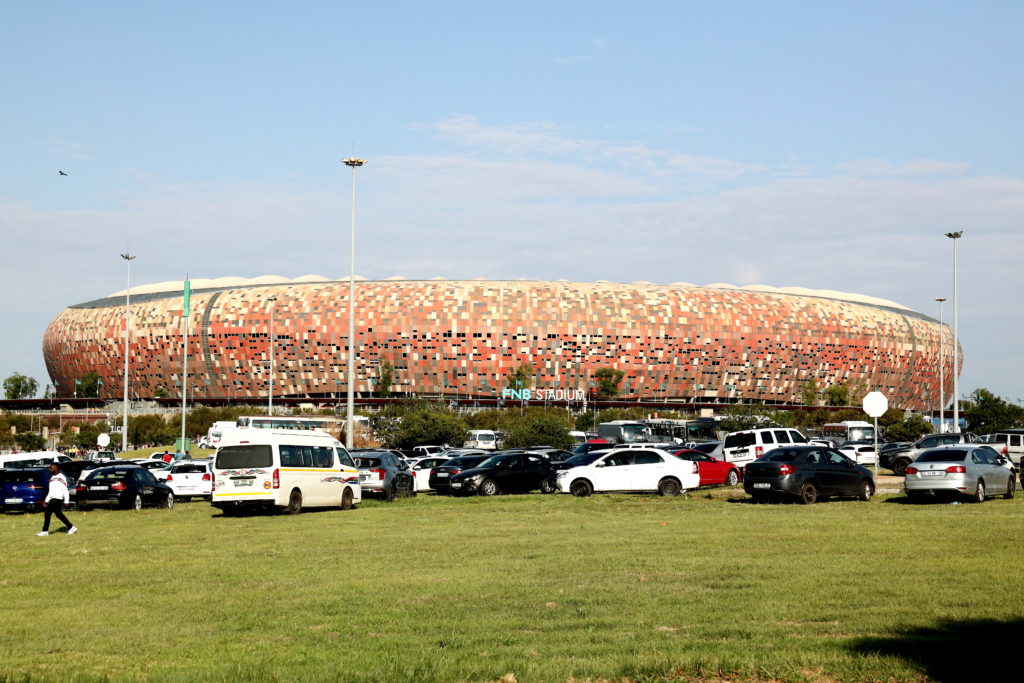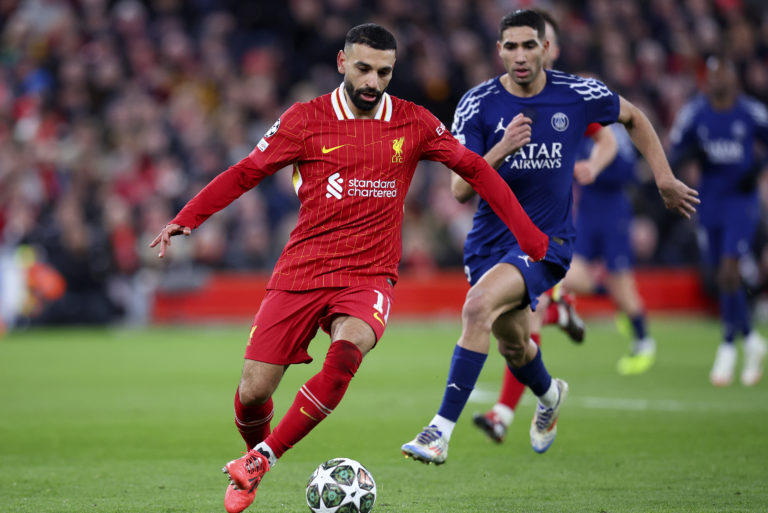Bordering Soweto in Johannesburg, FNB Stadium, the home of Kaizer Chiefs and also known as Soccer City, is the largest football stadium in Africa, with a capacity of around 94,700 seats.
Originally opened in 1989, the venue underwent a major redevelopment ahead of the 2010 FIFA World Cup, emerging as a state-of-the-art facility to host the tournament final.
AfricaPicks: Champions League Wednesday spotlight – Matchday 3’s best bets
The stadium’s distinctive design draws inspiration from the throw-away African calabash bowl, an outer façade shaped in rounded form, the interior offering sweeping views of the pitch from all angles.
Its refurbishment included a full roof covering, upgraded facilities and corporate hospitality suites, positioning it among the most modern football stadia on the continent.
The Spotify Camp Nou will become the second biggest football stadium in the world once it’s completed 😮🏟️📈 pic.twitter.com/7XYsHYFSR5
— OneFootball (@OneFootball) October 20, 2025
By global standards, FNB ranks among the largest football venues in the world. While Rungrado 1st of May Stadium in Pyongyang remains the largest with an official capacity of about 114,000, FNB Stadium places near the top of the list, with it’s near 95000 capacity making it the biggest in Africa and the fourth largest in the world.
Meanwhile, Spotify Camp Nou in Barcelona is being expanded to around 105,000 capacity, which would position it above FNB upon completion.
Today, the FNB Stadium stands as a landmark not only for South African sport, but for global football infrastructure. It remains the largest stadium on the African continent and one of the world’s great venues for football.
Photo: Fani Mahuntsi/Gallo Images









